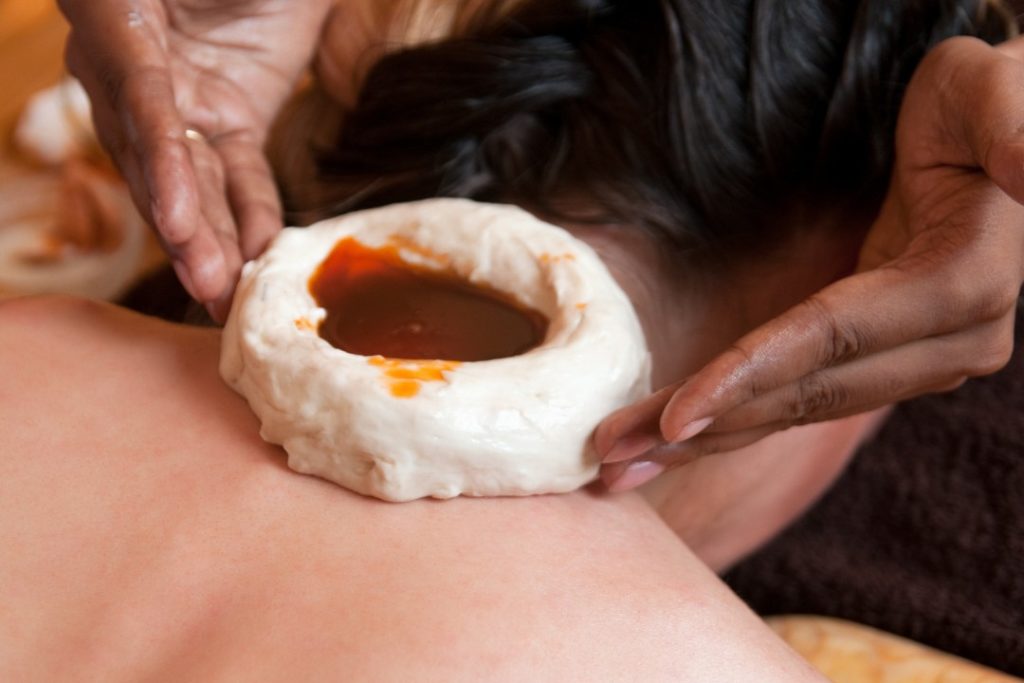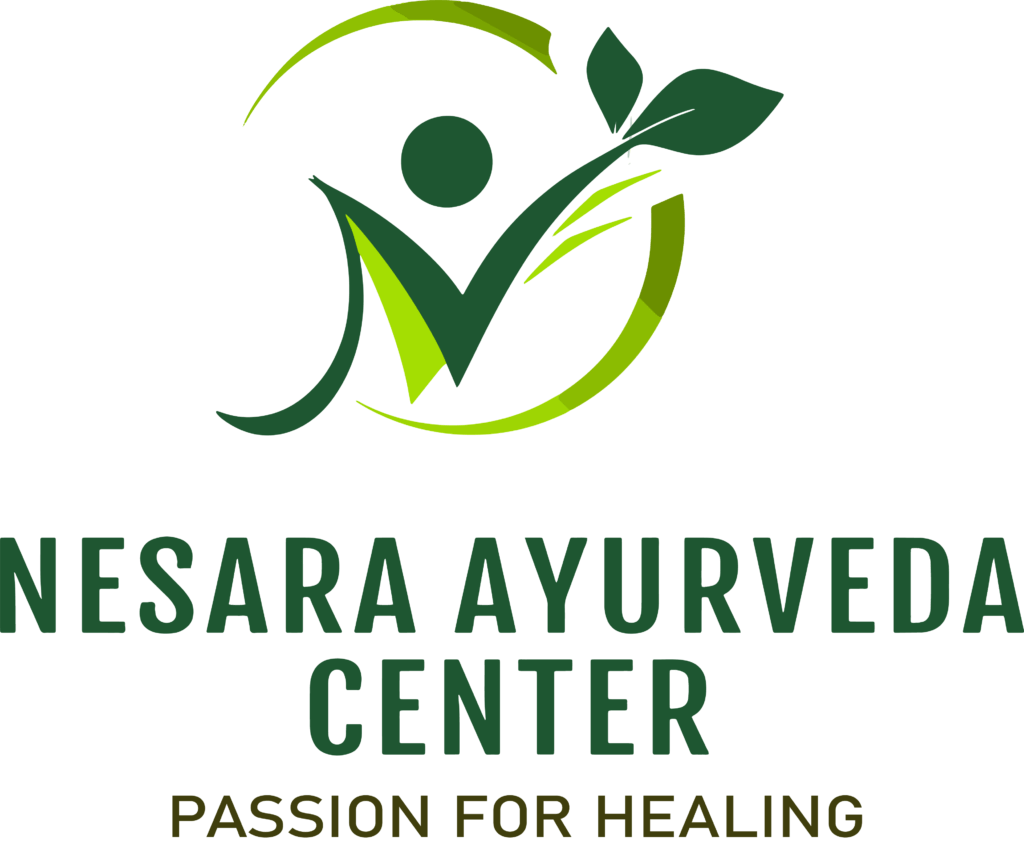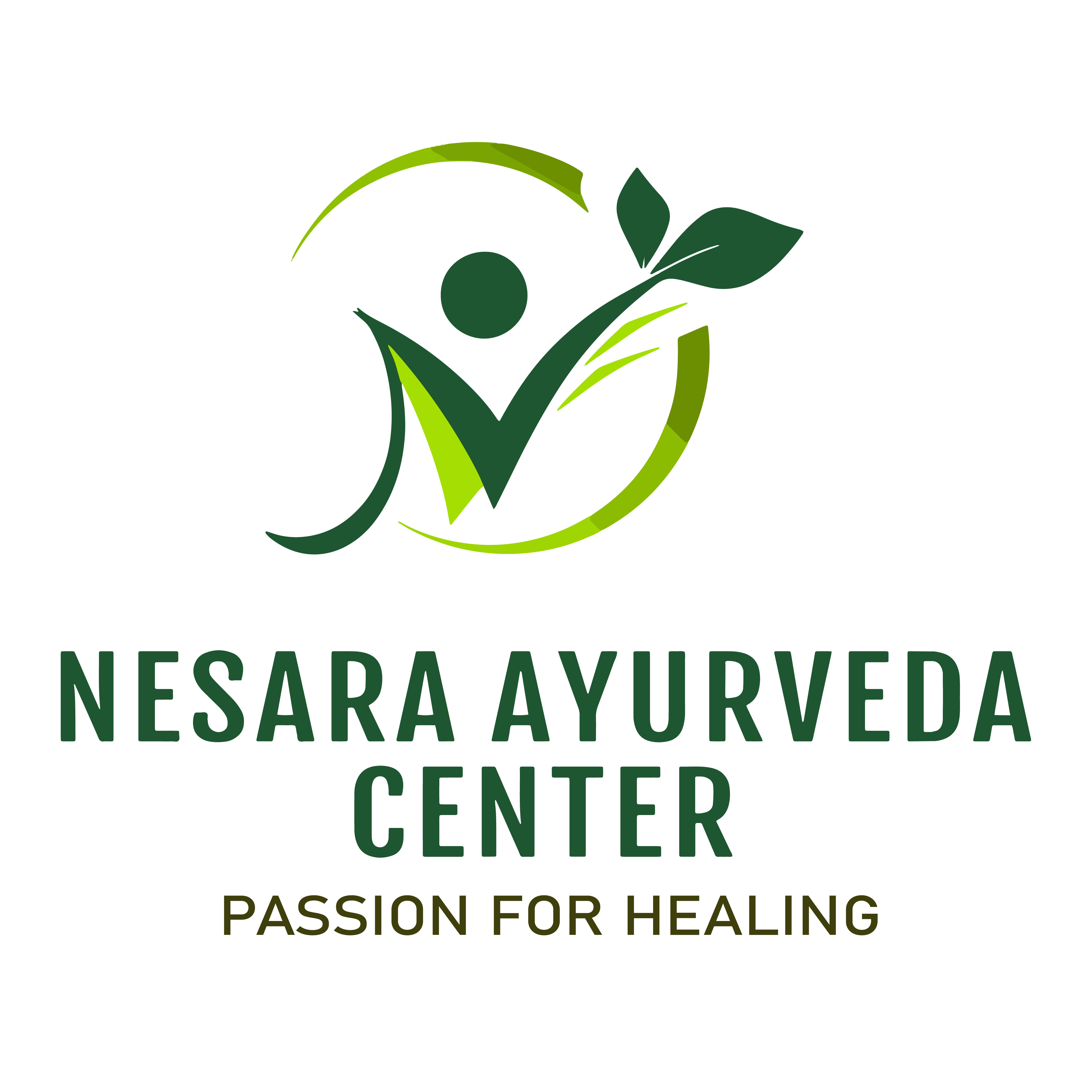Sandhi Rujahara Chikitsa

"Sandhi Rujahara Chikitsa" in Ayurveda refers to treatments and therapies aimed at managing and alleviating pain and discomfort related to the joints (sandhis) in the body. The term "Sandhi Rujahara" translates to the management of joint pain, which can be caused by various factors including aging, inflammation, injuries, or degenerative conditions.
Here are key aspects and details of Sandhi Rujahara Chikitsa:
Identification and Diagnosis :
Sandhi Rujahara Chikitsa begins with a thorough assessment to identify the specific joints affected, the nature and intensity of the pain, and any underlying causes such as arthritis, trauma, or lifestyle-related issues.
Dosha Analysis :
Ayurvedic practitioners analyze the individual's dosha constitution (Vata, Pitta, Kapha) to tailor treatments accordingly, as imbalances in doshas often play a significant role in joint issues.
Herbal Remedies :
Ayurvedic formulations made from natural herbs and plants are often used to reduce inflammation, soothe pain, and improve joint mobility. These may include topical applications, internal herbal preparations, or dietary supplements.
Diet and Lifestyle Modifications :
Recommendations for dietary adjustments are provided based on the individual's dosha constitution to help balance the doshas and support joint health. Lifestyle changes such as incorporating regular exercise and maintaining a healthy weight are also emphasized.
Panchakarma :
Panchakarma therapies, a group of Ayurvedic detoxification procedures, may be employed to purify the body and remove toxins that can contribute to joint pain and inflammation.
Yoga and Physical Therapy :
Prescribed yoga postures (asanas) and physical therapy exercises that are gentle on the joints can help improve joint flexibility, strength, and overall mobility.
Massage and External Therapies:
Specific massages and external applications of herbal oils or pastes may be used to reduce stiffness, promote circulation, and provide relief to the affected joints.
Heat and Cold Therapy :
Application of heat or cold packs to the affected joints can help in reducing inflammation, easing pain, and enhancing joint movement.
Management of Lifestyle Factors :
Guidance on managing stress, getting adequate rest, and avoiding habits detrimental to joint health, such as excessive strain or improper posture, is provided.
Unique therapy for knee care(Both Joint)
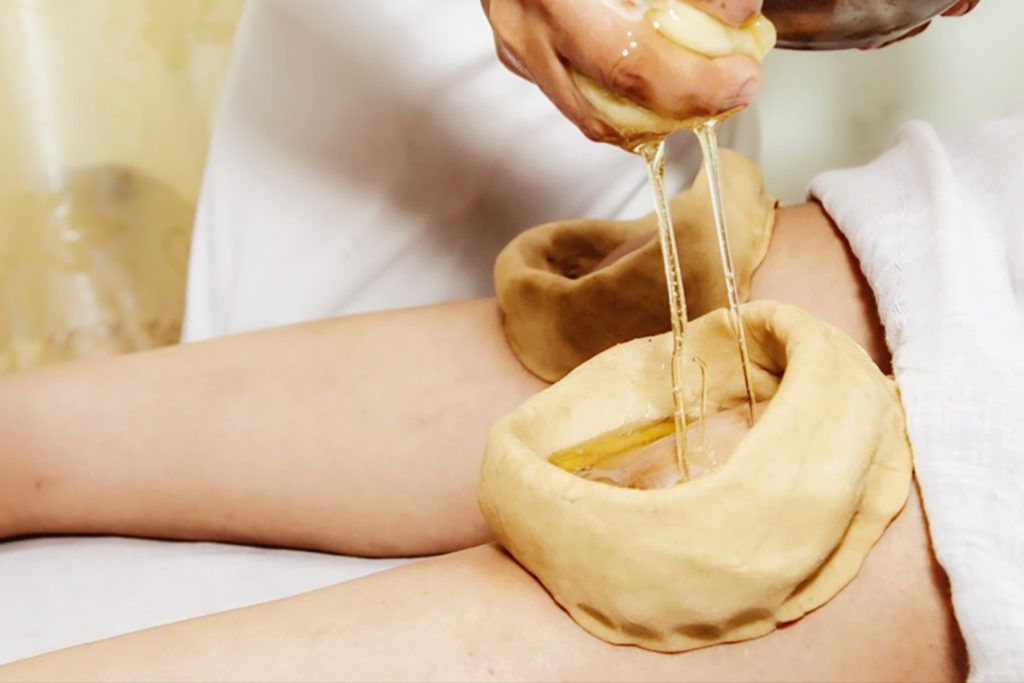
JANU BASTI :
An external palliative and anti – inflammatory treatment to the knee joints. Janu Basti is an effective therapy for people experiencing ailments in the Knee. The medicated oil used in the therapy effectively soothes pain, stiffness, and inflammation in the joints. Additionally, toxins are eliminated and joints are strengthened. The treatment involves pouring warm medicated oil on affected area to rejuvenate the joints from within followed by application of hot poultice.
Unique therapy for low back health
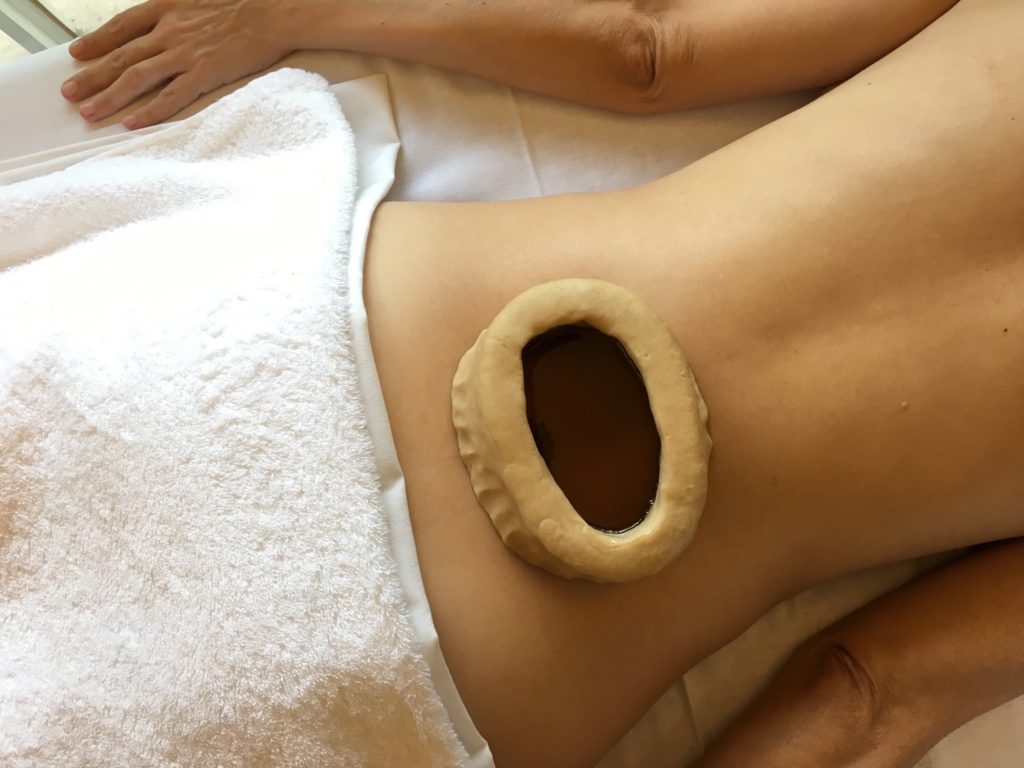
KATI BASTI :
The procedure of applying heat to the sacral or lumbar by retaining warm medicated oil within a specially formed frame in this area is popularly known as ‘Kati Basti.’ It reduces inflammation, strengthens the low back muscles, relieves strain and pain due to bad posture, over-weight, spondylosis and other spinal disorders.
Therapy for neck care
